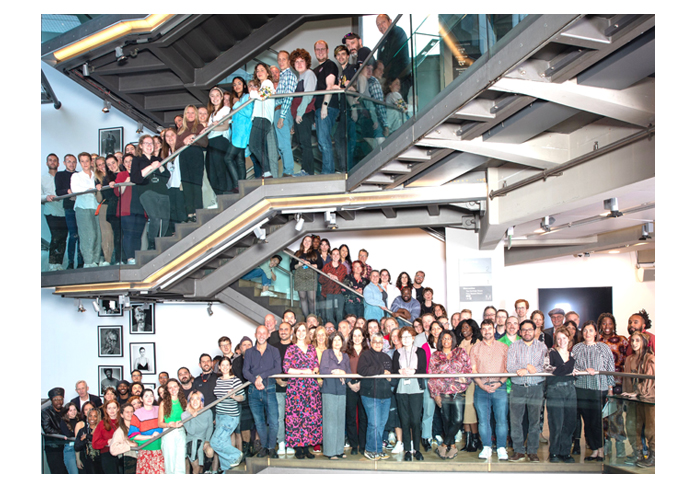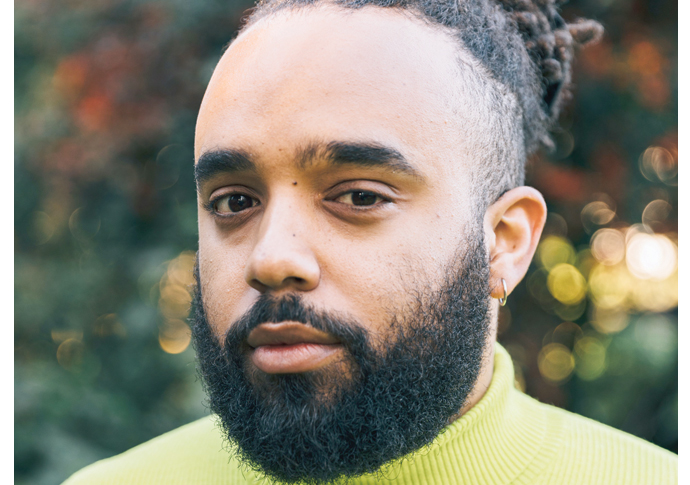Sadler’s Wells ‘at point of new chapter’ as it marks 25 years
Praise for venue's work raising the profile of dance
Friday, 24th November 2023 — By Charlotte Chambers

Sadler’s Wells staff celebrate its 25th birthday at the Angel building
ONE of the world’s leading dance organisations is celebrating 25 years of dance at its Angel building.
There have been six different theatres on the Rosebery Avenue site over 340 years, with the current Sadler’s Wells building opening in 1999 after the pre-war building that went before it was pulled down.
Associate artistic director Rob Jones, who joined in August 2022, praised the work Sadler’s Wells had done to raise the profile of dance.
“It has been at the forefront of celebrating a broad range of choreographic styles and bringing people to dance in lots of different ways,” he said about the organisation, which he described as a “really old, really big and influential dance institution”.
But he also suggested change still needed to come to dance as an art form.
“This institution is really at a point of a new chapter,” he added, describing it as in a “moment of flux, and kind of a reshaping,” which he hopes will see more women, people of colour, and disabled artists both on stage and behind the scenes in leading roles.
“I think there’s still a lot more to do,” he said. “There’s still people missing from the stages. There’s still different types of artists that aren’t visible, that aren’t celebrated, and different types of choreographic styles which need more light shed on them as well.”
Sadler’s Wells became more dance focused while under the management of previous artistic director Lilian Baylis, who reopened it as a dance theatre in 1925 after it had fallen into disrepair.

Associate artistic director Rob Jones [Rosie Powell]
While Sadler’s Wells had “been at the forefront of supporting hip-hop theatre,” with its groundbreaking Breakin’ Convention – which is having its own academy built in Stratford and is due to open next September – dance as an art form is still too male and too white, he said.
“There’s so many more choreographers or makers that could be really flourishing and visible.
“I think it’s patriarchy – the long and short of it – and I think it is shifting but not fast enough,” he added.
“There’s not enough disabled artists coming through.
“People of colour also just being allowed to take up space in these big institutions – it is happening but not fast enough.”
As part of his work to diversify the theatre since he joined, in June the Croydon-born director launched a mentoring scheme and a focused programme for South Asian dance and disabled artists.
As part of opening up the theatre to less traditional audiences, last year he was in charge of a programme that saw Spice Girl Melanie Chisholm perform in her first dancing role.
While describing dance as “an intrinsic part of what it is to be human,” he admitted that historically dance shows have left audiences feeling like there is a “massive chasm” between “what happens on stage” and how they experience it in their own lives.
“And I think actually, it’s the most accessible art form,” he added.
“It’s just to do with the kind of way it’s framed or the way it’s packaged and sold, that it can feel elitist at times, or it can feel like it’s not for everybody, when it absolutely is.”